Home > Climate News >
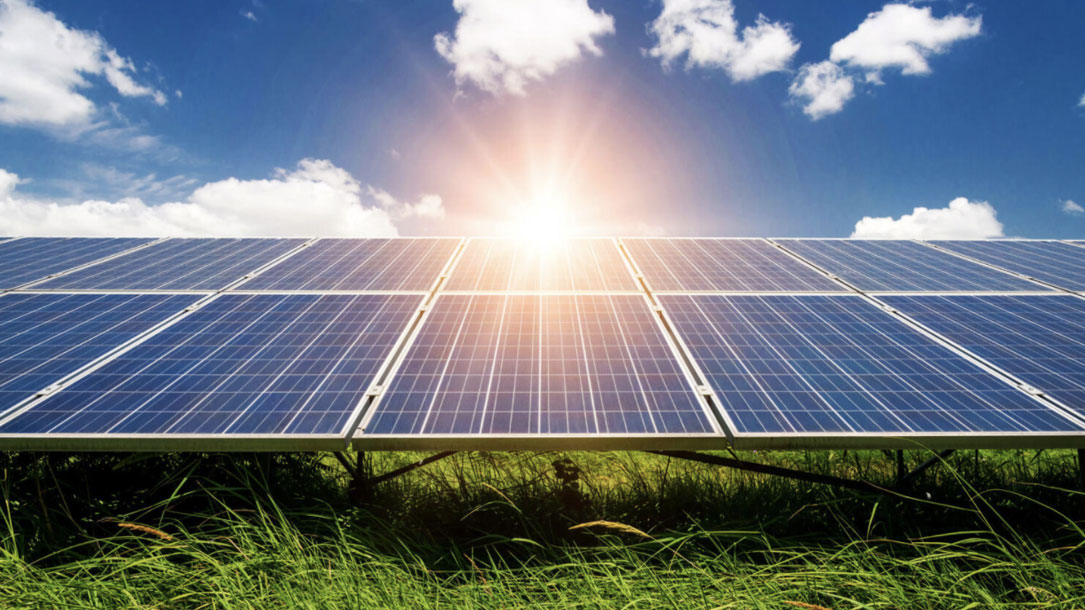
A solar energy toolkit for your community
“The Hudson Valley can serve as a model for how a region can effectively respond to climate change. Scenic Hudson’s How To Solar Now toolkit supports communities in a rapid transition to a sustainable, low carbon region increasingly powered by clean, emissions-free renewable energy while also protecting and preserving our invaluable scenic, historic, agricultural, environmental and economic resources.”
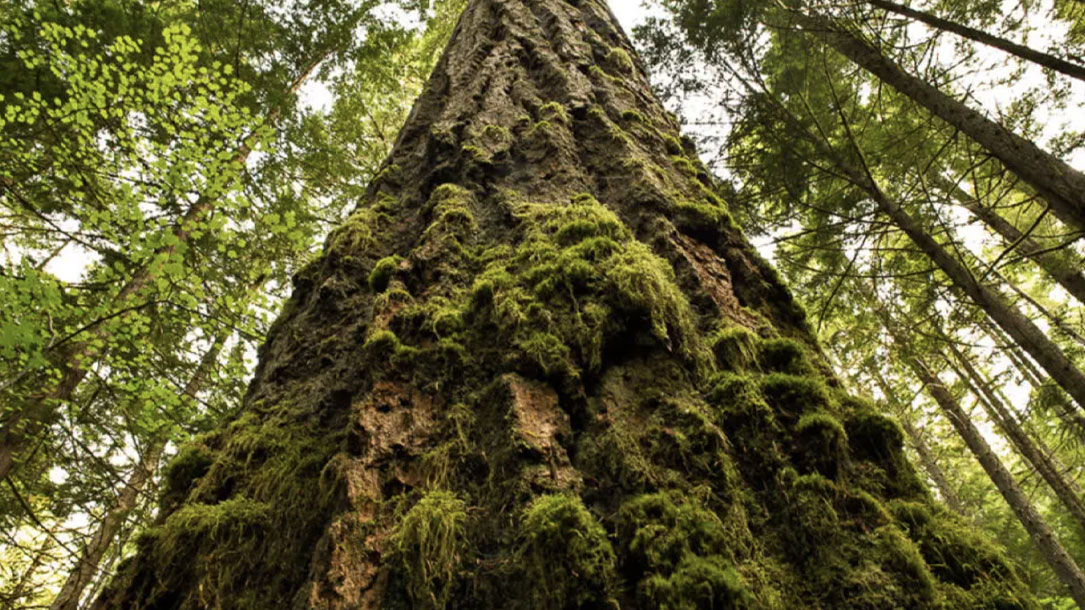
Warming reduces trees’ ability to slow climate change
“Trees are carbon sinks — they absorb more carbon dioxide than they emit. But according to new National Science Foundation-funded research, the most prolific tree in North America, the Douglas fir, will absorb less atmospheric carbon dioxide in the future and therefore do less to slow climate change.”
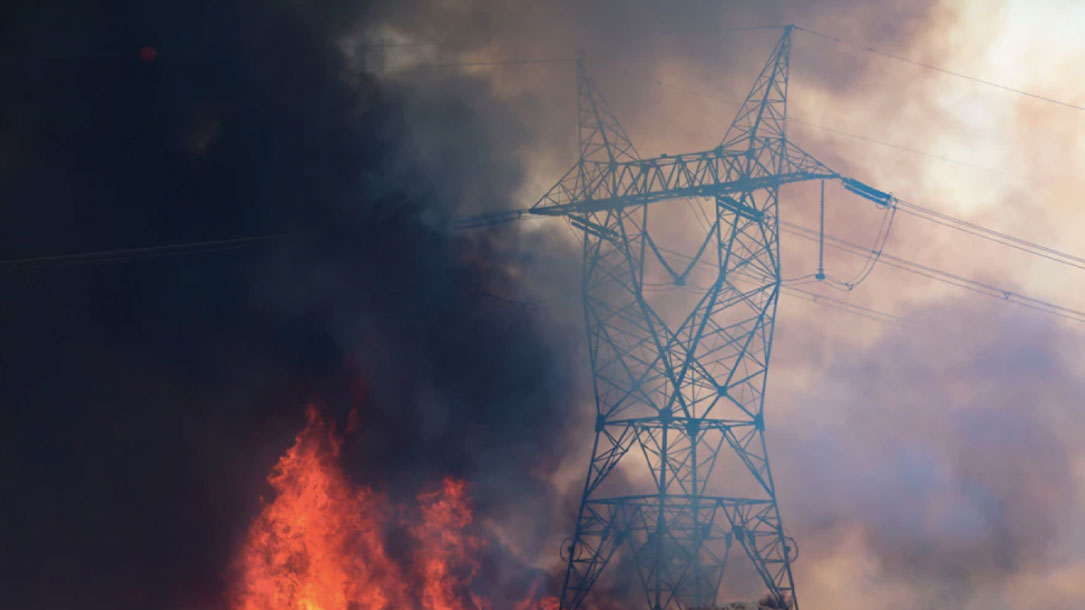
California’s fires are putting a huge amount of carbon dioxide into the air
“California’s unprecedented wildfires, driven by man-made climate change, are pumping the atmosphere with tens of millions of tons of carbon dioxide that will only drive global temperatures higher.”
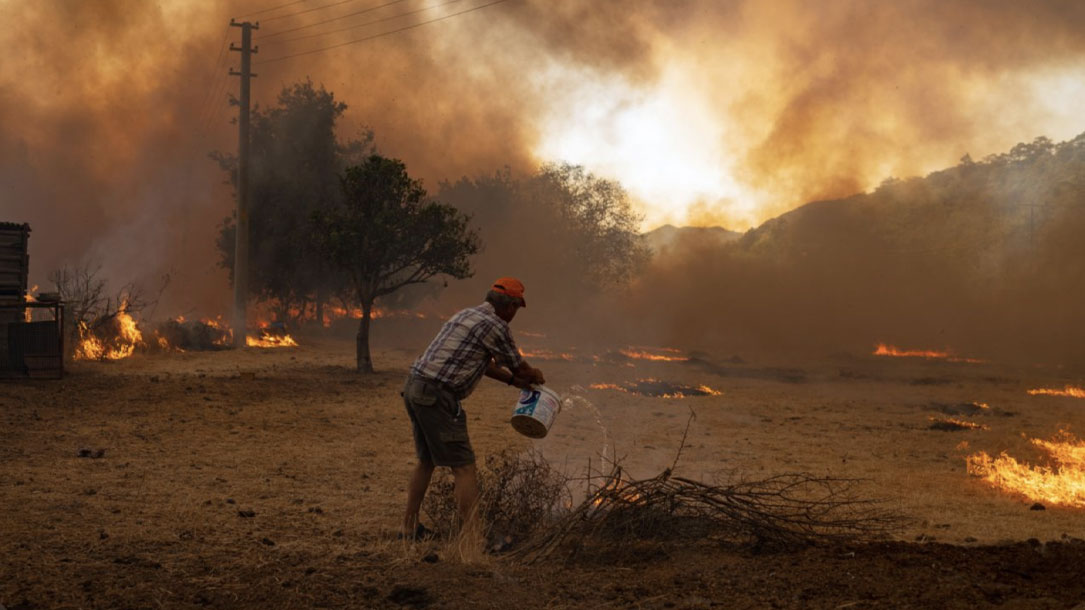
Sixth Climate Assessment Report
Natural climate solutions (like soils, trees, oceans, and prairies) while important, are going to become increasingly stressed. In the best-case scenario, they can slow down climate change by approximately 30%. Yet even that is starting to be a challenge.
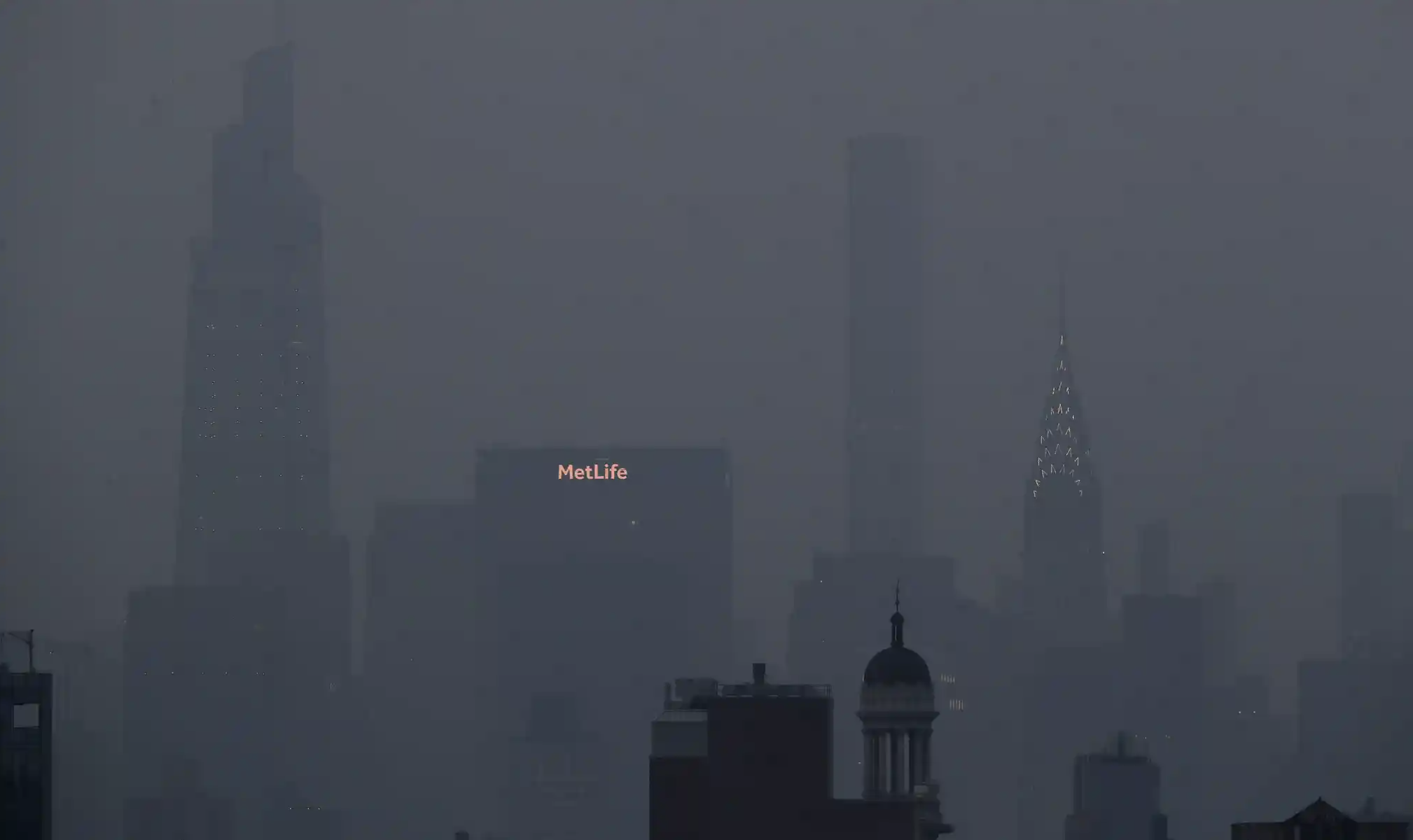
New York air quality among worst in world as haze from western wildfires shrouds city
“New York City air quality was among the worst in the world as cities across the eastern US were shrouded in smoke from wildfires raging several thousand miles away on the country’s west coast.
State officials in New York advised vulnerable people, such as those with asthma and heart disease, to avoid strenuous outdoor activity as air pollution soared to eclipse Lima in Peru and Kolkata in India to be ranked as the worst in the world on Tuesday…”
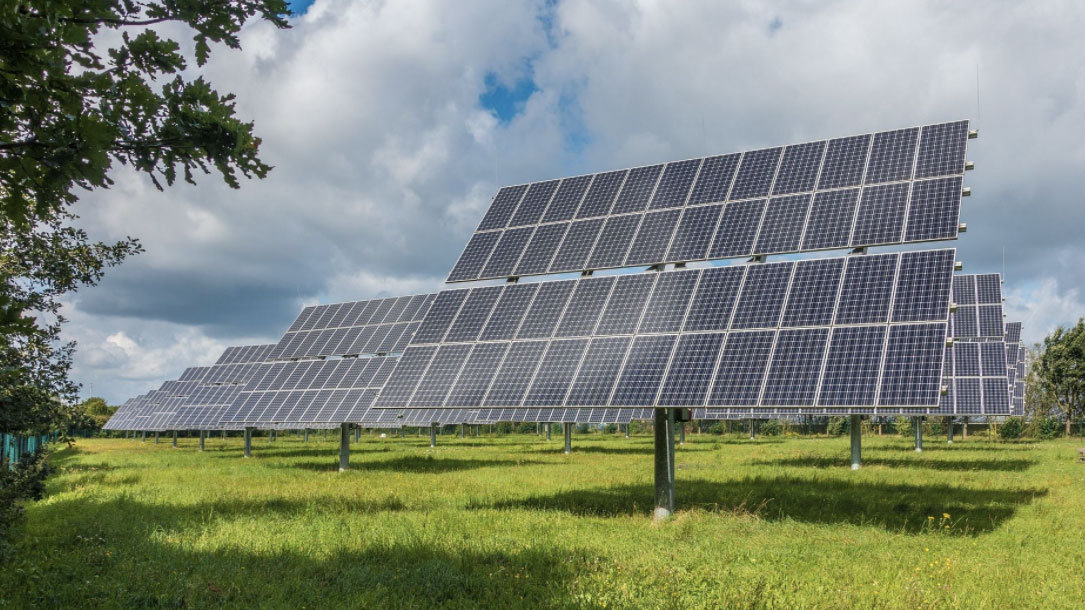
Utility-scale solar energy can be a tool for conservation, economic development
To put it plainly, these proposed projects will not destroy the natural environment nor negatively impact the watershed if they are approved and built in line with Linn County’s existing ordinance for solar energy projects. In fact, with a diverse mix of native grasses and wildflowers cultivated on-site, these proposed projects can significantly improve water quality, reduce soil erosion, and provide habitat for wildlife and pollinators, going a long way to restore Iowa’s landscape.
Furthermore, by using wildlife-style fencing instead of traditional chain link fencing, these sites can be a home for upland nesting birds such as ring-necked pheasants, quail, and other grassland birds like the dickcissel…
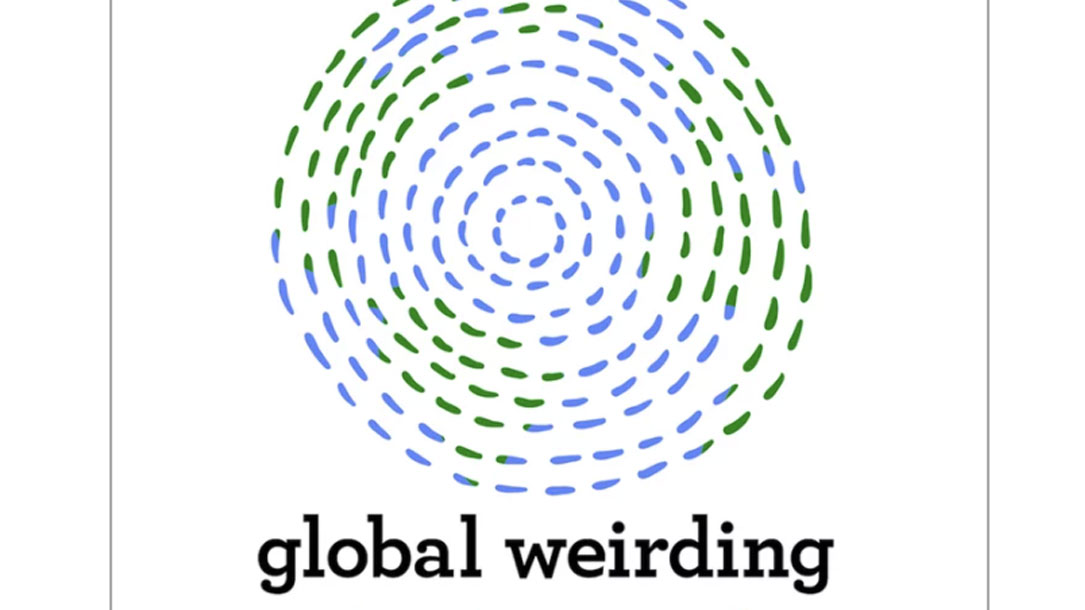
What’s the big deal with a few degrees?
A few degrees is no big deal. Outside temperature can go up or down by that much in a single hour, right? So why are scientists so worked up about such a little change?
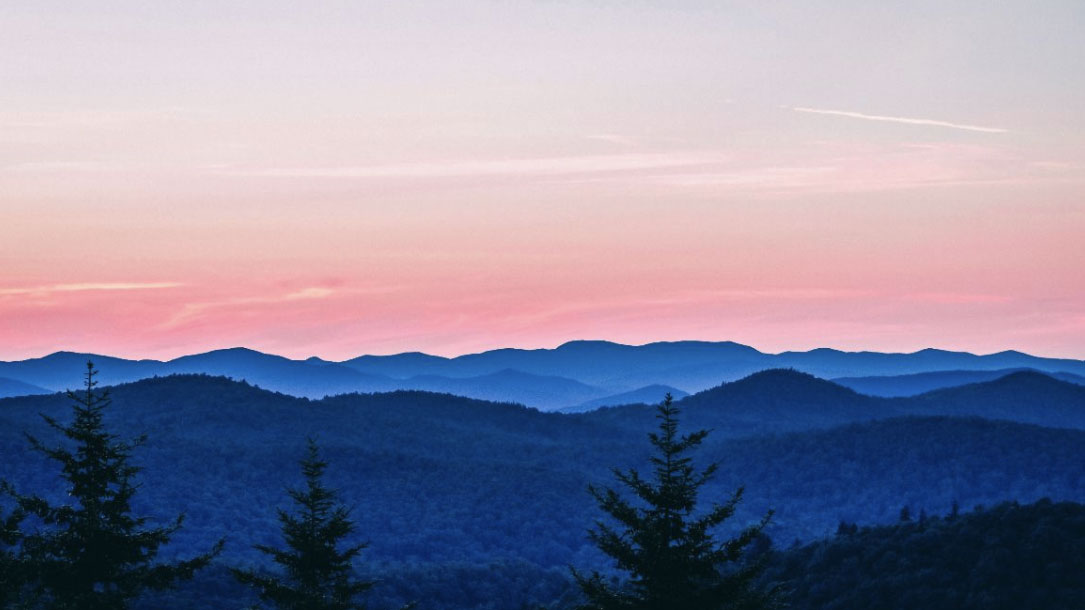
The forest carbon cooperative: A first of its kind
Ten landowners, managing 7,500 acres of forestland in the northern Green Mountains, are part of the first forest carbon cooperative in the US. In partnership with Cold Hollow to Canada, Vermont Land Trust (VLT) has helped these landowners enroll in the voluntary carbon market and find buyers for the carbon credits.
Some businesses, individuals, and institutions buy carbon credits as a way to reduce the impact of the pollution they create. In working together, the landowners were able to spread out the costs of participating in the carbon market, which has been a barrier for owners of small woodlots…

Public Service Announcement mentioning climate change
The animated Public Service Announcement (PSA) for the Black Swamp Conservancy was produced by David Bloom (Director), Carl Northrup, Alexa Mahajan, and Tynea Swinton at Bowling Green State University in Professor Bonnie Mitchell’s Collaborative Digital Arts Development class. The Conservancy’s executive director worked with the students on the script for the PSA.
The land trust recently held a drive-in movie screening of environmental documentaries and screened it as part of that. They are also working to get the local PBS station to run some pro-bono time for them.

Welcome to the Resilient Land Mapping Tool
Newly available forest carbon datasets allow conservation organizations to estimate the impact of land protection projects on carbon storage and sequestration. Step-by-step guidance walks through how to assess current and future carbon on a single property, or across an entire service area, using data that is freely available through The Nature Conservancy’s Resilient Land Mapping Tool.












